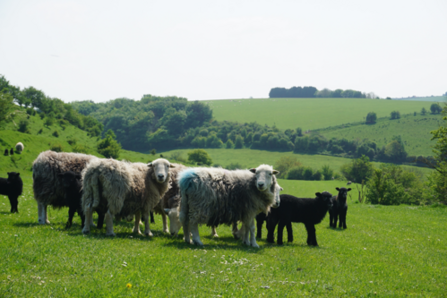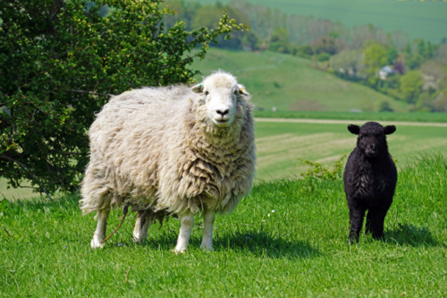Guest blog written by Jonathan Clarke
Lambing is always a special time of year for farmers. It is the feeling that spring has definitely arrived, the sun seems to be shining most days, the temperature is rising and you can almost hear the grass growing.



